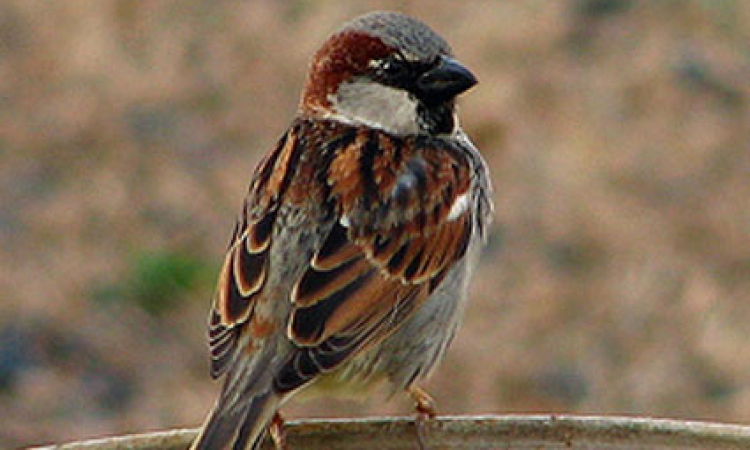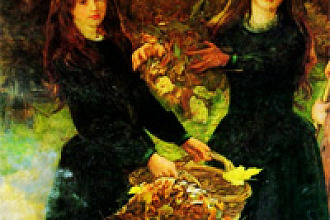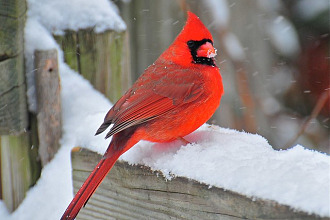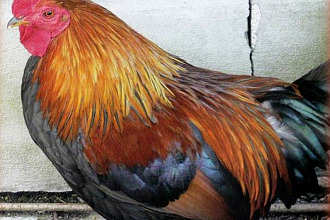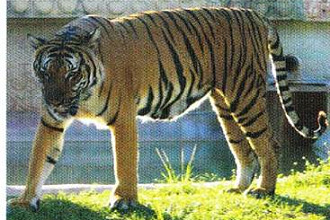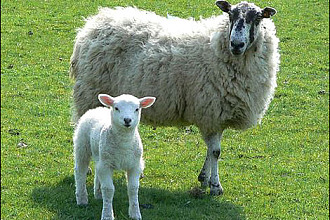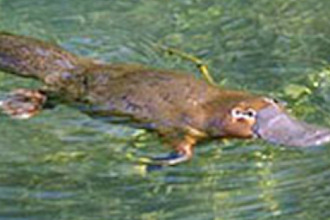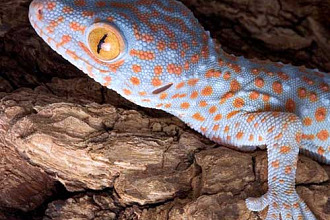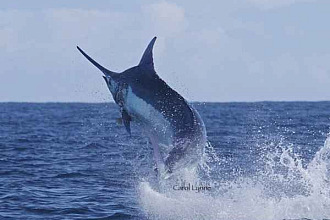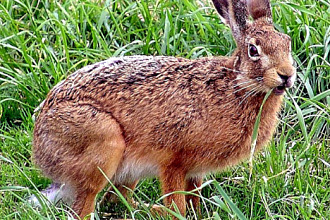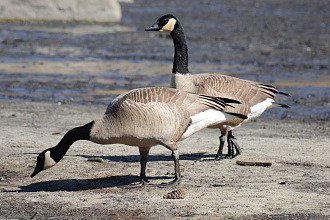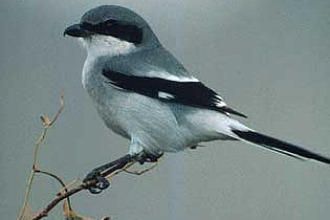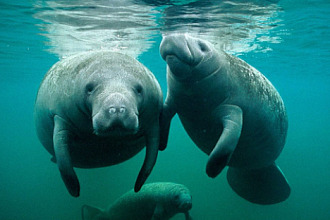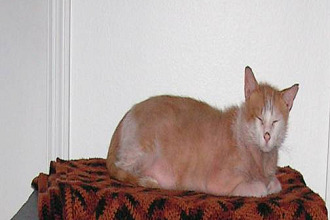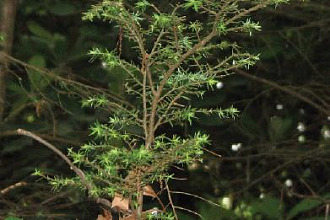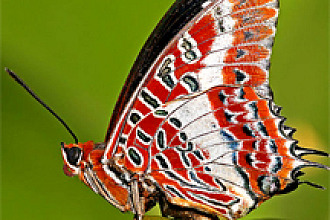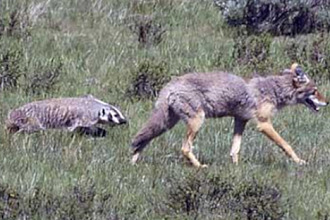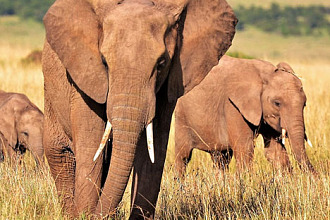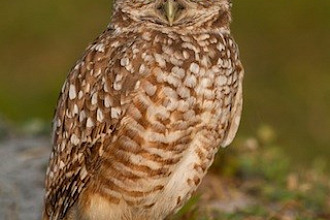It is not by accident that song SPARROWS living in desert areas of the Southwestern USA look very different from the song sparrows who live in the humid coastal areas of the country.
In dry areas the sparrow is a very pale color, but in coastal areas their feathers are dark with heavy streaks. Why the difference? Their Creator/Designer knew the little bird's feathers would need a defense against feather mites and other decay agents that thrive in humidity. By giving melanin (pigment) to birds in a humid environment, our loving God knew He was giving them a not-by-accident ingredient that would work as a toughening agent to strengthen its feathers, making them less vulnerable to decay due to moisture and therefore more difficult to degrade than it would be if the feathers were light-colored with little or no pigment in a highly humid environment! It's a well-devised plan by One who notices when a sparrow falls!
Another interesting difference up in the Northwest is the not-by-accident breeding timing of the sparrows who live on the Coast of Washington State, and those who make their home in the not-far-away high mountain range. Think about how their Creator Programmer thought of everything: Baby sparrows hatch naked and clumsy, with their eyes closed, and with very little down on their baby bodies. You get the picture.. .they don't arrive in cuddly baby blankets to keep them warm. Now those marvelous mountains in the Northwest are high and the air is COLD! Sparrows are programmed to breed just once a year. So, down in the warm coastal area, the male bird comes into the breeding mode at a set not-by-accident time. He searches for his mate (80% of sparrows stay with the same mate throughout their four-to-eleven-year lifespan. We won't ask here about the 20% who run around with a multiple number of mates each breeding season. Anyway, the male bird on the coast breeds with the female, and a couple weeks after her eggs are laid they hatch and about two weeks later they leave the nest. It all sounds quite routine. But what is happening with the sparrows up in the mountains? Here's where the Creator's not-by-accident timed programming takes over! The mountain male sparrow is only ready to breed two months after his coastal cousins! The whole process begins only when that cold mountain air has gotten warmer so that by the time their babies hatch, the air is warm enough for the ugly little naked darlings—who won't have to face the cold air that would have greeted them two months earlier. One can sense the affection of the Creator in the sensitivity of His programming. Oh yes, another not-by-accident matter relates to the number of "clutches" sparrow couples have: normally it's one per year—but, if the eggs have been destroyed by a predator or if there is an unexpected, surplus supply of resources available—sparrow couples have been known to produce and successfully raise four batches of babies in one breeding season!
The loving Creator has given sparrows a taste for insect pests, whose riddance is a blessing to mankind. But their main diet involves seeds—to the tune of up to 4,000 pieces in an hour to meet warmth as well as hunger needs in cold areas. Plus (not by accident) He provided a large crop (pouch) at the throat with room to store 1,000 seed pieces as needed—plus again there's not-by-accident equipment in the beak—an extra bone (preglossale) that stiffens the tongue to hold seeds while eating. Surely if God so loves tiny sparrows, and grieves when they die—someone said He attends every sparrow's funeral—can you imagine how sad He feels when we humans, made in His image, go to sleep in death? He must long to put an end to all sorrow! And He's promised to do so! He will awaken us again—in His wise not-by-accident timing when no more sparrows or humans, will ever fall again!
"NOT BY ACCIDENT" (c) Juanita Kretschmar is used by permission and was first published in newsletters about A Key Encounter, a Key West, FL, Creation-based, educational tourist attraction. Go to www.akeyencounter.org for additional information, To receive the free newsletter write: AKE, PO Box 177, Big Pine Key, FL 33043

